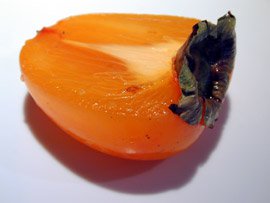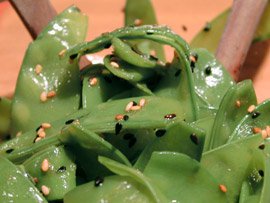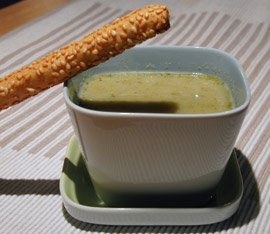
Thursday night, on a whim, we asked our neighbors Stéphan et Patricia over for dinner, and I prepared the kind of dish that epitomizes the French paradox * : duck confit.
Back in July, Maxence and I spent a lovely extended week-end in the South-West of France, visiting his grandparents in Gourdon and driving around the incredibly beautiful countryside. On our last day, as is becoming the tradition, we indulged in a shopping spree at the Canard du Midi store. We joyously filled our shopping basket with foie gras, magret de canard (roasted duck breast), canned cassoulet (a typical regional dish that involves white kidney beans and various meats in goose fat), a black truffle in its jewellery-like box, canned gésiers de canard (duck gizzards), ostrich (!) and boar terrines, canned confit de canard (duck confit), confiture d’oignon (onion jam), and noisillons (chocolate-covered walnuts). This was stashed away in our luggage, keeping company to the other marvels purchased at the marché : dried cèpes (porcinis), an assortment of duck, boar, hazelnut and pork saucissons (dry sausages), a scrumptious walnut cake, and a rather unreasonable number of Rocamadours, these succulent individual little goat cheeses – which we redistributed to gleeful family and friends upon our return.
* What is referred to as “the French paradox” is the seeming contradiction between the rich foods we typically consume in France and the comparatively low incidence of heart disease. Jeffrey Steingarten (brilliant author of “The man who ate everything”) was among the first to identify it. The expression, in its implication that this is the only paradox the French have, amuses me to no end…
Continue reading »








